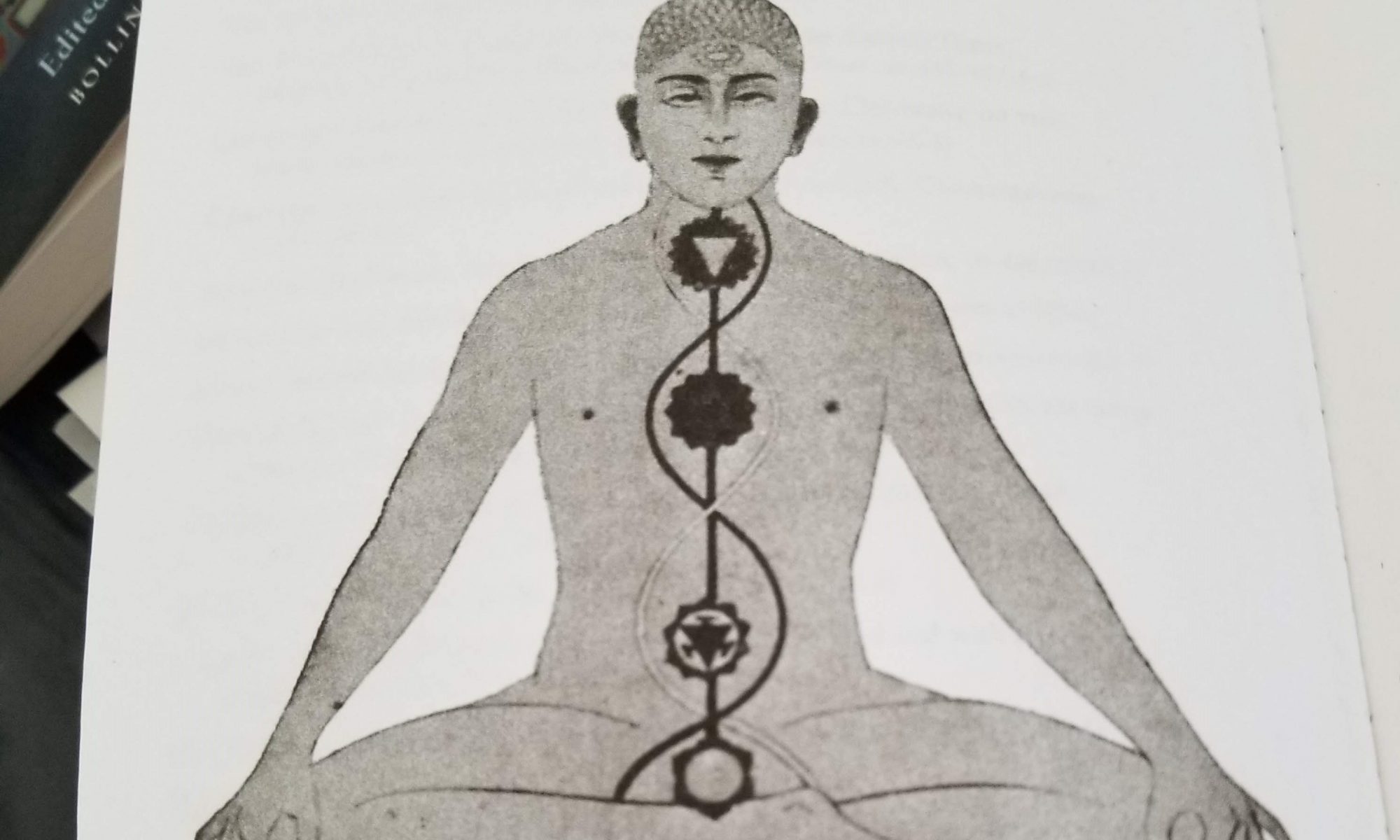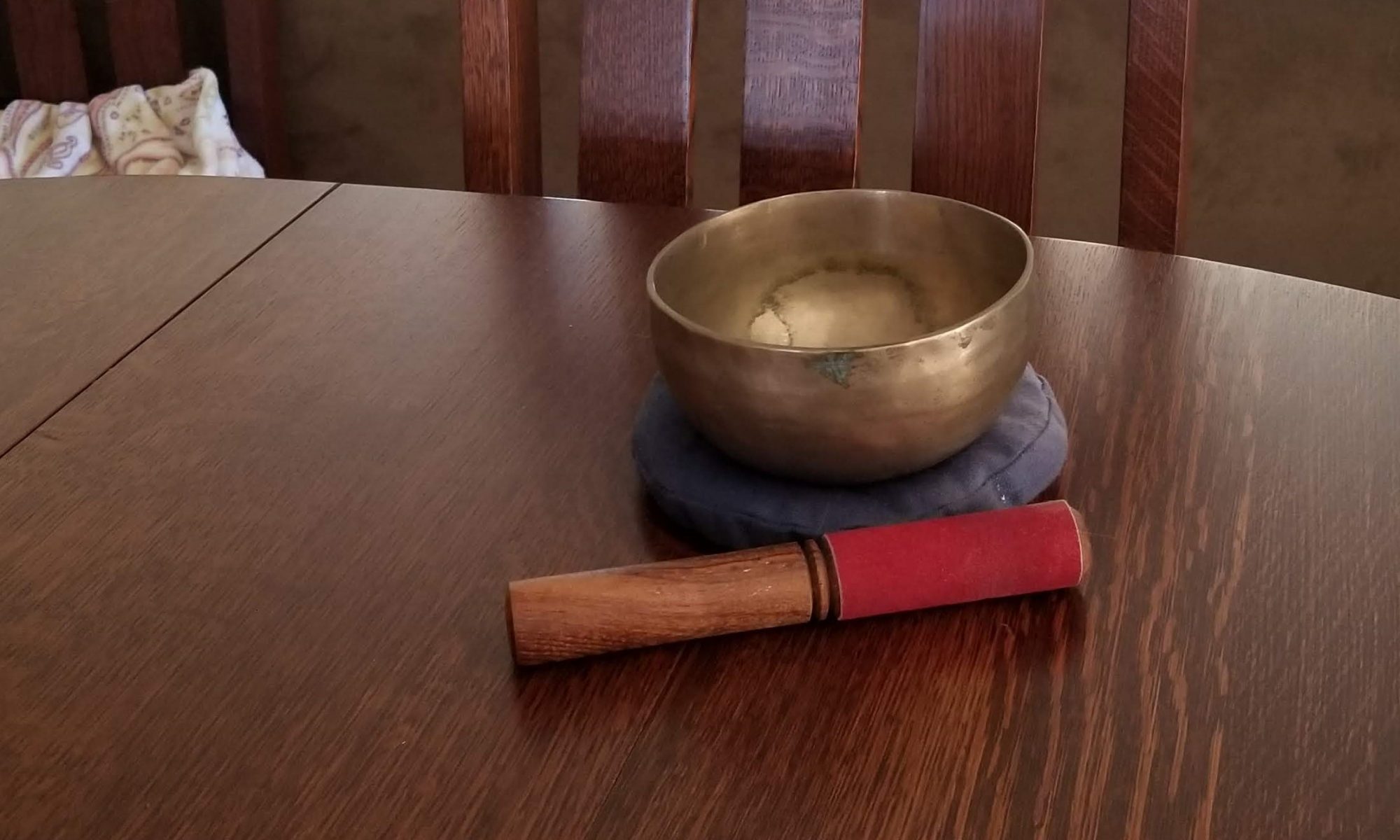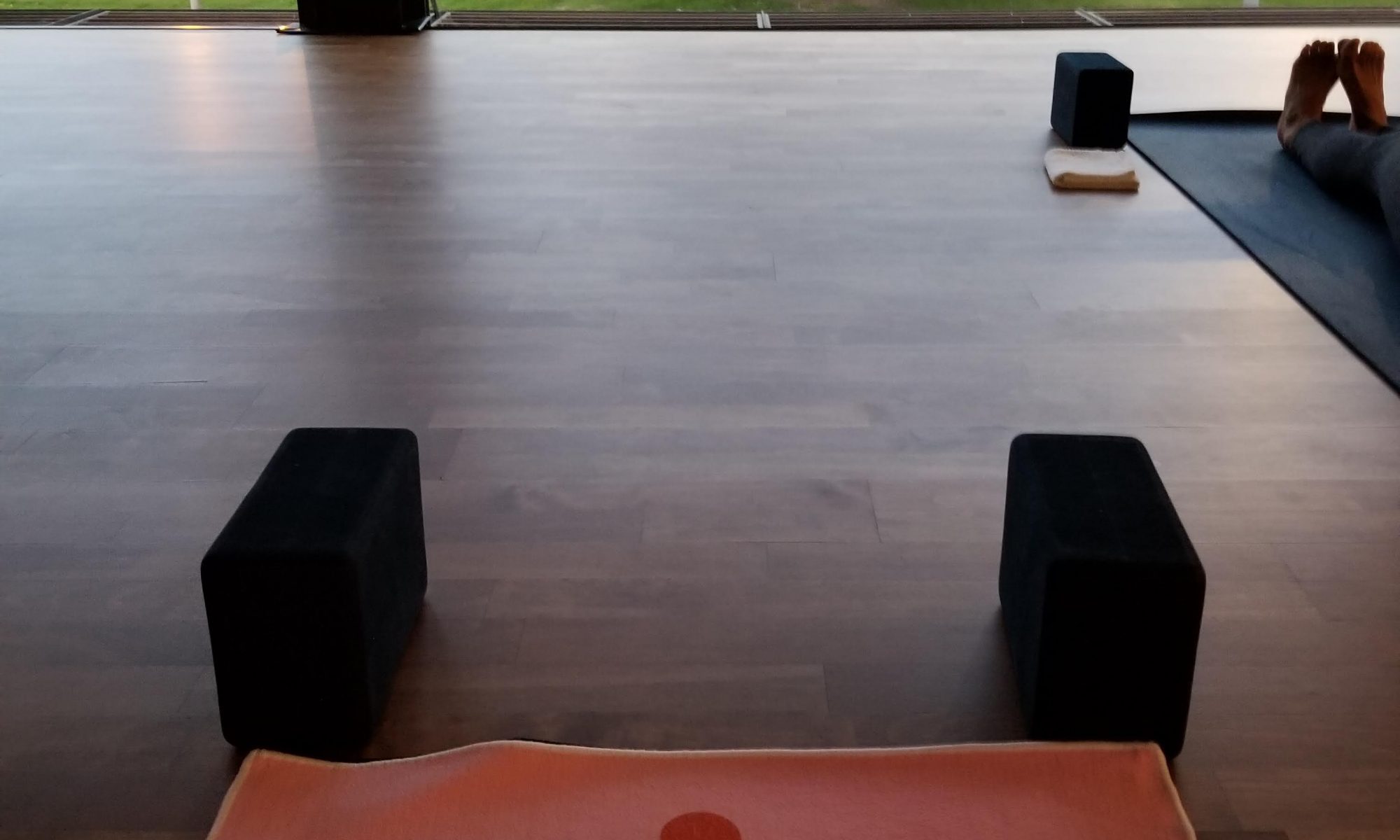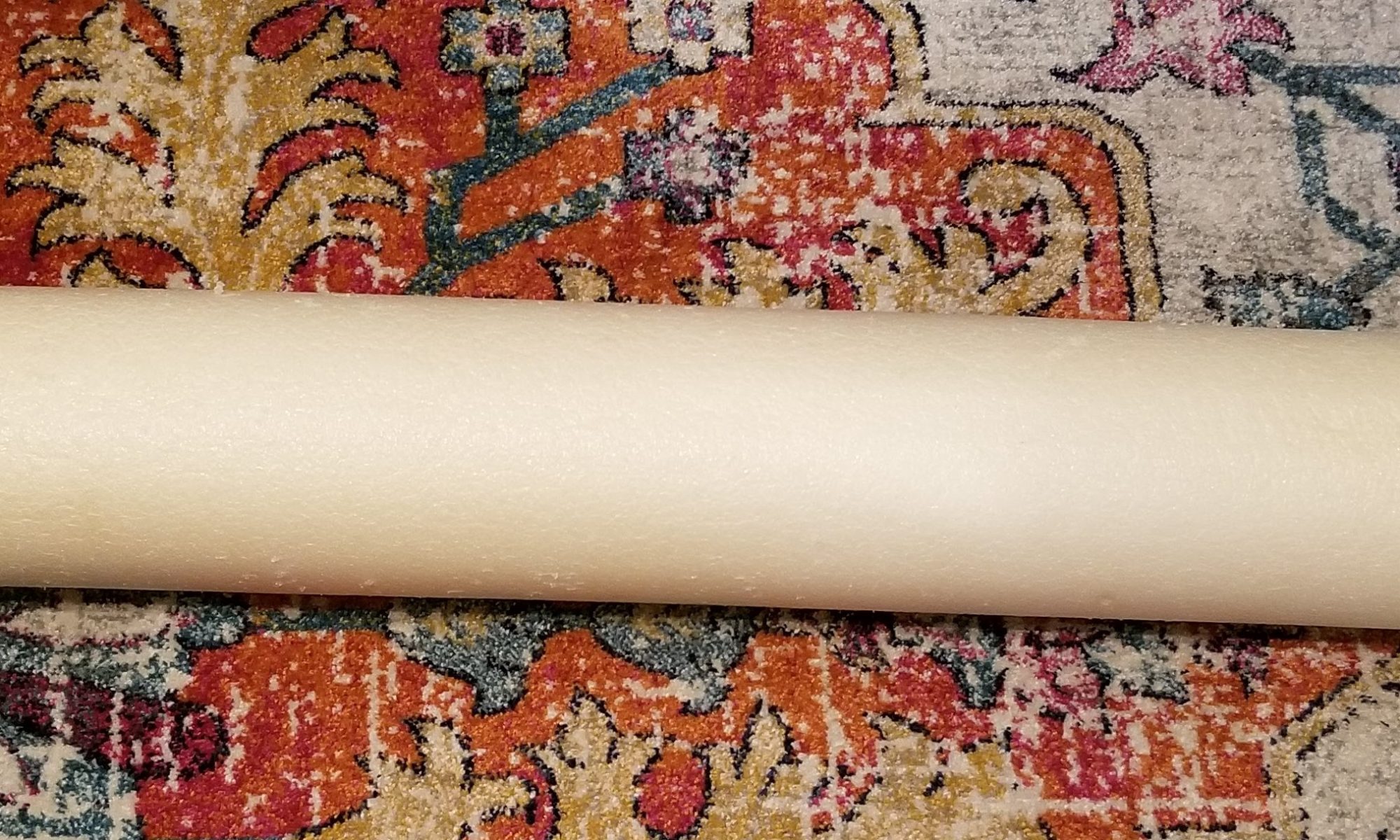Today I am going to give a quick overview of the six chakras and sahasrara (the crown chakra) and then beginning June 3rd (we’ll take Memorial Day off) will begin going through each chakra one at a time.
In last week’s post I mentioned that Kundalini sleeps at the base of the tailbone and that when the chakras are activated, she rises, ultimately reaching the crown of the head. It follows that the chakras are discussed from the bottom up.
The mandala of each chakra contains several elements:
- One central Sanskrit syllable (or mantra) at the center and a varying number of lotus petals around the perimeter, each containing the symbol of a Sanskrit syllable.
- A geometric shape representing an element.
- The representation of an animal.
- The representation of deities.
- Various colors. There are different interpretations of the colors of the chakras. In the older works (Serpent Power, Jung’s lectures, etc.) the colors are very complex (ex: within one mandala one part is vermillion, another part is a smoky color and the animal is black) but in our modern interpretations they have been simplified into basic rainbow colors.
Today I will explain the location of each chakra with relation to the physical body and give a few key components of the symbolism of each.
Muladhara – the root chakra
Muladhara is referred to as the root chakra as it grounds us to our physical reality. Its location in the subtle body is near the base of the tailbone – Kundalini sleeps below muladhara. The element of the chakra is earth (grounding, foundation, root). The mandala of muladhara includes a yellow square (symbolizing earth), an elephant, the syllable lam, and is surrounded by four petals.
Svadhisthana – the chakra of creativity
The next chakra, Svadhisthana is found in the region of the reproductive organs and is considered the chakra of creativity (consider the proximity to where life is created). Its mandala has six petals. An eight-petaled lotus inside the mandala with a white crescent moon symbolizes water. The mandala also contains a sea monster (sometimes referred to as an alligator) and the syllable vam. This chakra is associated with unconsciousness and emotion and is closely connected to muladhara.
Manipura – the solar plexus chakra
Above svadhisthana is the power chakra of manipura. Manipura is located in the solar plexus region (above the navel but below the diaphragm). Manipura means “lustrous gem” and this chakra is associated with the element of fire. The mandala is surrounded by ten petals and contains a triangle shape (representing fire) as well as both the syllable ram, and a representation of a ram.
Anahata – the heart chakra
The word translates to “unstruck” which relates to the sounds of the celestial realm where there are no hard sounds, as well as “pure” referring to the state we achieve when we are able to become detached by activating this chakra. It is associated with balance, calmness, and serenity. The anahata mandala is surrounded by twelve petals. Inside, it contains two triangles creating a six-pointed star, the syllable yam, and an antelope. The element of this chakra is air.
Vishuddha – the throat chakra
Vishuddha chakra is located in the region of the thyroid gland. Sixteen petals surround this chakra’s mandala and within it is a sky-blue, downward pointing triangle that contains a white circle (representation of the full moon), symbolizing the element ether. The mandala also contains a white elephant and the syllable ham. Stress caused by the fear of speaking up can affect this chakra.
Ajna – the third eye
Associated with the pineal gland, the ajna chakra serves as our link to the subconscious and the brahman (the ultimate reality underlying everything). Activating this chakra connects a person to her intuition. The ajna mandala is surrounded by two petals. The seed syllable contained within this mandala is om, the primordial sound and most sacred of all syllables. There is no element connected with this chakra, because by this point corporeal reality has been transcended.
Bonus chakra content: Sahasrara – the crown chakra (thousand-petaled lotus)
Sahasrara is included in the Description of the Six Centres, and in some interpretations is referred to as the seventh chakra. This is the point at which Kundalini connects to the energy of the universe and pure consciousness is achieved. Sahasrara is described as a 1,000 petaled lotus flower. The petals are arranged 20 rows of 50 petals, so all of the 50 syllables of Sanskrit are repeated 20 times.
In the coming weeks, I will go through each chakra in more detail and get into Jung’s interpretations of the symbols in terms of archetypes. I’m also going to work on finding some images of the mandalas that I can share with you.






